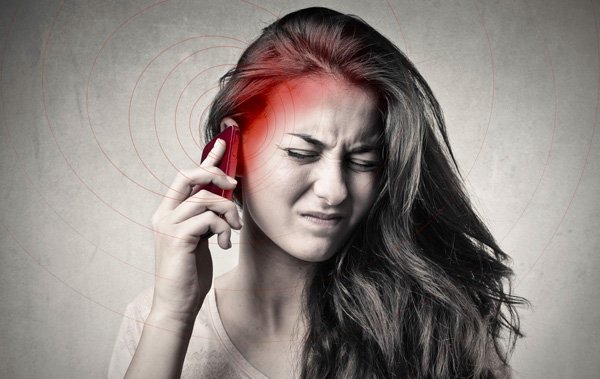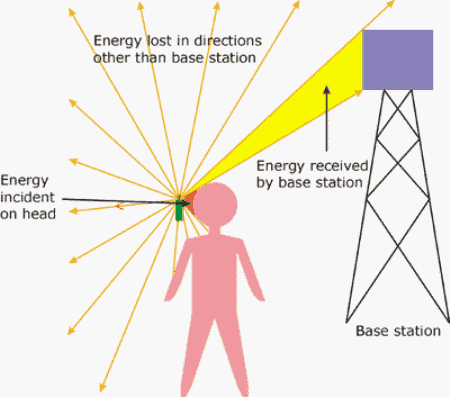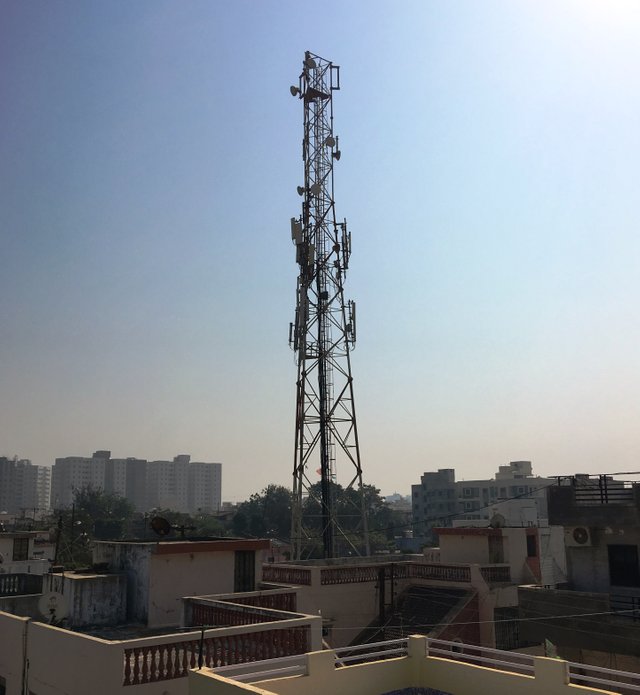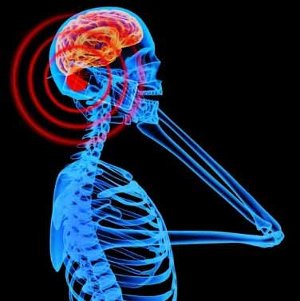What we can’t see is killing us – one phone at a time.
One cannot imagine life without mobile phones in this digital world. In 1983, the Dyna TAC 8000x was the first commercially available handheld mobile phone. From 1983 till today Mobiles have around 7.4 billion subscriptions world-wide. Earlier only a handful of people could afford it, but with a very rapid pace -within last decade it reached in the hands of a common man. Its affordable cost and convenience led to its growing popularity.

Mobile phones have become an integral part of our life. They are convenient and allow users to stay in touch on the go. We are talking to family, texting to friends or emailing coworkers or using it for our entertainment – music, movies, photos, games and what not.

Mobile phones use electromagnetic radiation for communication purpose. The World Health Organization has categorized electromagnetic fields produced by mobile phones as "possibly carcinogenic", although it has yet not been established. International Agency for Research on Cancer have deemed mobile phone usage to have a possible cancer risk to humans similar to that of using a microwave at home but then we use mobile phones more often than microwaves. There is no demonstrated short-term effect of electromagnetic fields on health, but then there are open questions for long-term effects, since mobile phones are still a relatively new technology development in the last 25 years, it may take many more studies in the coming years to provide more reliable data to prove its harmful effects on human health.
The National Institute of Health released a study in February 2011 that showed just 50 minutes of continued mobile phone usage caused an increase in brain cell activity. This stimulation is still being looked to as far as long-term effects on the human brain. It will take more research and time to find the effects of mobile phone usage and how it may cause cancer.

Cellphone radiation is measured in terms of watts of power absorbed per kilogram of tissue known as Specific Absorption Rate (SAR) expressed in Watts/kg. It ranges from 0.3 to 1.6 Watts/kg. The upper limit set by the US Federal Communication Commission (FCC) is 1.6 watts/kg. In order to protect the population living around base stations and users of mobile handsets, governments and regulatory bodies adopt safety standards, which translate to limits on exposure levels below a certain value.
Many governmental bodies also require that competing telecommunication companies try to achieve sharing of towers so as to decrease the environmental and cosmetic impact. This issue is an influential factor of rejection of installation of new antennas and towers in communities. In order to reduce the ill effects of mobile radiation there are some general recommendations such as
(i) Minimization of cellphone usage – use landline wherever possible,
(ii) Limitation of use by children (less than 10-year old) as they receive higher levels of Specific Absorption Rate (SAR) about 153% higher SAR levels as compared to adults
(iii) Adoption of cellphones with as low as reasonably practicable levels of radiation
(iv) Wider use of hands-free and earphone technologies such as Bluetooth to decrease the radiation to the head.
(v) Keep the mobile phone away from the body. It is not safe to keep it in shirt or pant pockets.
(vi) Do not watch mobile phone in dark as it may cause blindness

Apart from radiation, there are some other harmful side effects of excessive mobile use
(i) Using mobile phones while driving leads to accidents, many times Cell phone conversations while walking are a big threat for street safety.
(ii) Selfie craze has led to many accidents of drowning in the sea or river. Excessive selfie may lead to premature ageing of facial cells due to exposure to harmful radiation and light
(iii) Too much texting takes a toll on thumbs and neck
(iv) Source of infection as mobile phones are frequently-used devices with clean or dirty hands in daily practice particularly, for health workers 19 out of 20 -were found contaminated with some kind of bacteria.In recent years, dermatologists have begun to see an increasing number of contact dermatitis patients who are allergic to these metal components in their cell phones.
Mobiles or cellphones are powerful device with countless benefits but one has to handle it cautiously.

Again,  for your support, you have been wonderful to me and hope in your vote.
for your support, you have been wonderful to me and hope in your vote.
With respect,